Fiber internet in your area
Fiber internet is the best internet connection due to its symmetrical download and upload speeds that can reach up to 10 Gbps in some areas. Our experts break down everything there is to know about fiber internet.
Related pages
-
Featured
![Fiber vs. cable internet: Compare speeds & prices]() Fiber vs. cable internet: Compare speeds & prices Camryn Smith — 5 min read
Fiber vs. cable internet: Compare speeds & prices Camryn Smith — 5 min read -
Featured
![How much internet speed do I need?]() How much internet speed do I need? Robin Layton — 8 min read
How much internet speed do I need? Robin Layton — 8 min read -
Featured
![Is your fiber internet living up to expectations? Here’s why you need a modem upgrade]() Is your fiber internet living up to expectations? Here’s why you need a modem upgrade Lisa Iscrupe — 4 min read
Is your fiber internet living up to expectations? Here’s why you need a modem upgrade Lisa Iscrupe — 4 min read
Latest
-
Friday, December 13, 2024
How to self-install internet to save moneyCamryn Smith — 3 min read
-
Friday, December 13, 2024
How to know if someone is stealing your internetRobin Layton — 3 min read
-
Friday, December 13, 2024
Signs you’ve been hacked and how to prevent hackingRobin Layton — 4 min read

Subscribe to our weekly newsletter for internet news and promos
By subscribing, you agree to receive Allconnect newsletter and promotional emails. Your privacy is important to us.








